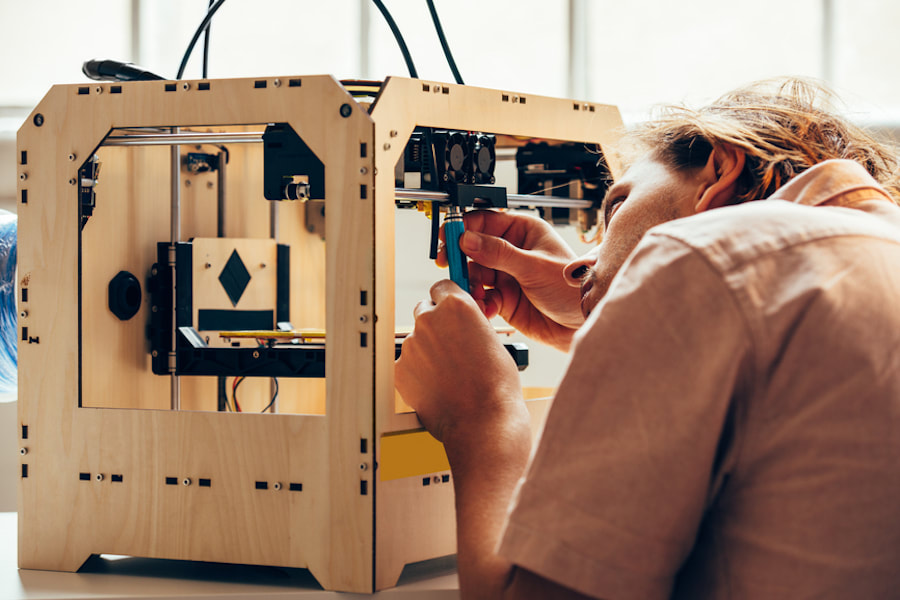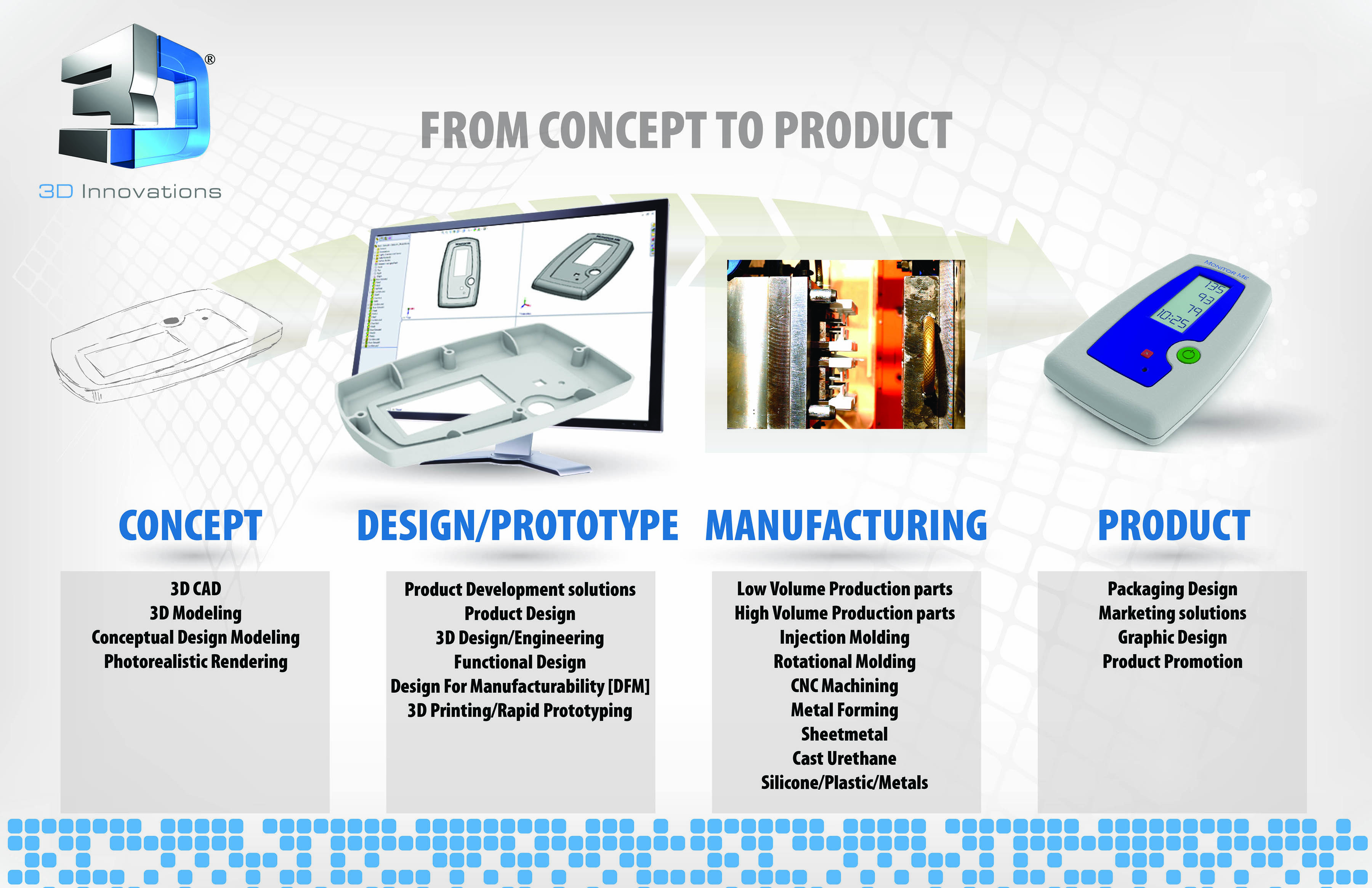Finding The Right Prototype Maker For Your Product
The big idea with the Design Sprint is to build and test a prototype in just five days. You'll take a small team, clear the schedule for a week, and rapidly progress from problem to tested solution using a proven step-by-step checklist. It's like fast-forwarding into the future so you can see how customers react before you invest all the time and expense of building a real product.
- Finding The Right Prototype Maker For Your Product Key
- Finding The Right Prototype Maker For Your Product List
- Finding The Right Prototype Maker For Your Product Name
- Finding The Right Prototype Maker For Your Product Free
Prototype testing enables you to assure that your design is going in the right direction and that you address any essential features or flaws before you write even one line of code. Redesigning a prototype is a lot easier—and less expensive—than reworking a finished product. New product design and innovation experts. For over 20 years, companies and entrepreneurs have relied on us to design, develop, and deliver innovative products that enhance their brands and grow their businesses. From product design to prototyping, production to promotion, we help design and deliver products off the production line that sell. Create a prototype, wireframes, and mockups online for FREE. Draftium - the best website prototyper tool ever. Hi Andrew, we can help bring your design to the reality, we’re the prototype manufacture focus on producing the plastic parts and metal parts,functional prototypes and appearance prototypes like product housing only with the solution of CNC machining(3-axis,4-axis & 5-axis),sheet metal bending,vacuum casting only can’t produce PCB.
But the Design Sprint is not just about efficiency. It's also an excellent way to stop the old defaults of office work and replace them with a smarter, more respectful, and more effective way of solving problems that brings out the best contributions of everyone on the team—including the decision-maker—and helps you spend your time on work that really matters.
The big idea with the sprint is to build and test a prototype in just five days. It's kind of like fast-forwarding into the future so you can see how customers react before you invest all the time and expense of building a real product.','raw':false},'hSize':null,'floatDir':null,'customThumb':'5ae78d356d2a739885e2e77e','html':'','url':'https://www.youtube.com/watch?v=K2vSQPh6MCE','thumbnailUrl':'https://i.ytimg.com/vi/K2vSQPh6MCE/hqdefault.jpg','resolvedBy':'youtube'}'>
'>
Get a quick overview in a 90 second video or 6 minute blog post.
On Monday, you make a map of the problem. On Tuesday, each individual sketches solutions. On Wednesday, you decide which sketches are strongest. On Thursday, you build a realistic prototype. And on Friday, you test that prototype with five target customers.
Set the Stage
Before the sprint begins, you've got to do some prep work. You need to have a big important challenge—something that's worth five days of focused work. You need to recruit a team with diverse skills. And, of course, you need to find the right room and get the right materials.
📘 Sprint, pages 21-48
🎬 Video
📝 Sprint checklists (PDF)
🗒 Sprint Room Setup
🛒 Sprint Supplies

🗒 How to Run a Remote Sprint
🗒 Lightning Decision Jam by AJ&Smart ✨
📈 SprintFit “Should You Run a Sprint?” Tool by Knowledge Expert ✨
📓 The Facilitator's Handbook ✨
🤔 How to Pitch a Design Sprint
Of course, you may need to sell the idea of running a Design Sprint in the first place. If that's the case, try sharing a quick overview of the process with the 90 second video, 'Stop Brainstorming' post, and/or this page you're looking at right now.
You also might help the team experience a structured meeting with a 30-60 minute Lightning Decision Jam exercise. It's a great way to give teams a taste of the Design Sprint process before the full commitment.
Or you could just drop some names: In addition to Google, Design Sprints have been run by teams at Slack, Uber, Airbnb, Medium, Dropbox, Facebook, McKinsey, IDEO, LEGO, the United Nations, the New York Times, and many, many more.
Most importantly, get timing and tone right. Make sure the team is starting a big challenge and it's an opportune moment to sprint. And offer the Design Sprint as a way to be helpful with solving that challenge. If the timing isn't right, don't force it. If you're patient and helpful, the time will come.
Monday: Map
Monday is a series of structured conversations to build a foundation—and a focus—for the sprint week. The structure allows the team to 'boot up' as much information as quickly as possible—while preventing the usual meandering conversations.
Finding The Right Prototype Maker For Your Product Key
In the morning, you’ll define key questions and a long-term goal. Next, you’ll make a simple map of your product or service. In the afternoon, you’ll ask the experts on your team to share what they know. Finally, you’ll pick a target: the moment on the map that represents the greatest risk and/or opportunity.
📘 Sprint, pages 51-91
🖥 Monday Morning Slide Deck in PDF, Keynote, or PowerPoint
📝 Checklist
🎬 Video

🗒 The Note-N-Map by Design Sprint Switzerland ✨
🎬 Map Tutorial by AJ&Smart ✨
Tuesday: Sketch
Tuesday is all about solving the problem, using a method optimized for deep thinking. Instead of a typical group brainstorm, every individual will sketch their own detailed, opinionated solutions, following a four-step process that emphasizes critical thinking over artistry.
📘 Sprint, pages 93-123
📝 Checklist
🎬 Video
📻 Spotify Playlist by AJ&Smart
Wednesday: Decide
By Wednesday morning, you and your team will have a stack of solutions. Now, you have to decide which of those sketches should be prototyped and tested.
Instead of an endless debate or a watered-down group decision nobody's happy with, you'll use the five-step 'Sticky Decision' method to identify the best solutions before turning the final decision over to your Decider. Then, in the afternoon, you’ll take the winning scenes from your sketches and combine them into a storyboard: a step-by-step plan for your prototype.
📘 Sprint, pages 125-160
📝 Checklist
🎬 Video
Finding The Right Prototype Maker For Your Product List
🗒 Storyboarding 2.0 by AJ&Smart ✨
Thursday: Prototype
On Thursday, you'll build a realistic prototype of the solutions in your storyboard so you can simulate a finished product for your customers. Design Sprint prototyping is all about a 'fake it till you make it' philosophy: With a realistic-looking prototype, you'll get the best possible data from Friday's test, and you'll learn whether you're on the right track.
📘 Sprint, pages 163-190
📝 Checklist
🎬 Video
🛠 Recommended tools: Marvel, InVision, Figma, Keynote, Keynotopia
Friday: Test
It's time to put that prototype to the test! On Friday, you'll show your prototype to five customers in five separate, 1:1 interviews. Instead of waiting for a launch to get perfect data, you'll quick-and-dirty answers to your most pressing questions right away.
📘 Sprint, pages 193-225
📝 Checklist
📝 Customer Screening Worksheet Game 268: august 16 2019 the initials games.
📝 Example Customer Screener
📝 Test Setup How-To Guide by Michael Margolis
🎬 Video
Cat ninja games to play. 🎬 The Five-Act Interview with Michael Margolis

Finding The Right Prototype Maker For Your Product Name
🗒 The Google Ventures Research Sprint
A Brief History of the Design Sprint
Jake Knapp created the Design Sprint process at Google in 2010. He took inspiration from many places, including Google's product development culture, IDEO's design thinking workshops, ideas like Basecamp's Getting Real and Atul Gawande's The Checklist, and his own experience building products like Gmail and Hangouts.
From 2010-12 at Google, Jake refined the Design Sprint with teams like Chrome, Search and Google X. In 2012, he brought Design Sprints to Google Ventures, where the rest of the team chipped in their expertise to perfect the process.
Braden Kowitz added story-centered design, an approach that focuses on the user instead of features or technologies. Michael Margolis took customer research—which can typically take weeks to plan and often delivers confusing results—and figured out a way to get crystal clear results in just one day. John Zeratsky brought a focus on measuring results with the key metrics from each business. And Daniel Burka brought firsthand expertise as an entrepreneur to ensure every step made sense for startups.
In 2012 and 2013, the Google Ventures team published a how-to series about Design Sprints, and the process started to spread. The Sprintbook came out in 2016, and today, thousands of teams around the world have run sprints in startups (like Slack and Airbnb), big companies (like LEGO and Google), agencies (like IDEO and McKinsey), schools (like Stanford and Columbia), governments (like the UK and the UN), and even museums (like the British Museum and the Smithsonian).
You can find a better-designed but less-recent version of this guide at gv.com/sprint.
Finding The Right Prototype Maker For Your Product Free
Prototype makers can help you create your product idea. The benefits of a prototype for an invention cannot be overstated. Prototypes give your idea credibility by becoming a proof of concept. Click here for a review of the different rapid prototype processes. You can tell someone how well your idea works but if you show them a working prototype there is no debate.
Prototypes also allow you to understand how your invention will be manufactured, how much it will cost to produce and how users will interact with your product.
To fully develop and test your invention you will need to create a prototype. If you are not comfortable using tools or working on your idea yourself you will need product development assistance.
There are several sources of prototype makers that are useful to inventors. You may want to try to build your own prototype or model. Many times you can make a crude prototype yourself using common household items. Having a workshop and a big pile of junk or raw materials can help but all you need is some creativity.
If your idea is complex and you are out of your comfort zone you will need to seek assistance. Prototype makers can help.
A low cost solution is to visit a local trade school and get some help from the students and teachers. Schools and universities are excellent inexpensive resources that is often overlooked. I once had a 200 page industry research report done by 4 MBA students for free. Sometimes all you have to do is ask.
Another option is to work with a rapid prototyping company to get a model made. These companies can make any type of model out of every material imaginable.
The final option is a full service product development or industrial design company. These companies can do it all from designing your product to delivering fully realistic and working pre production models.
Return to Invention Development from Prototype Makers
Return to Home Page from Prototype Makers
